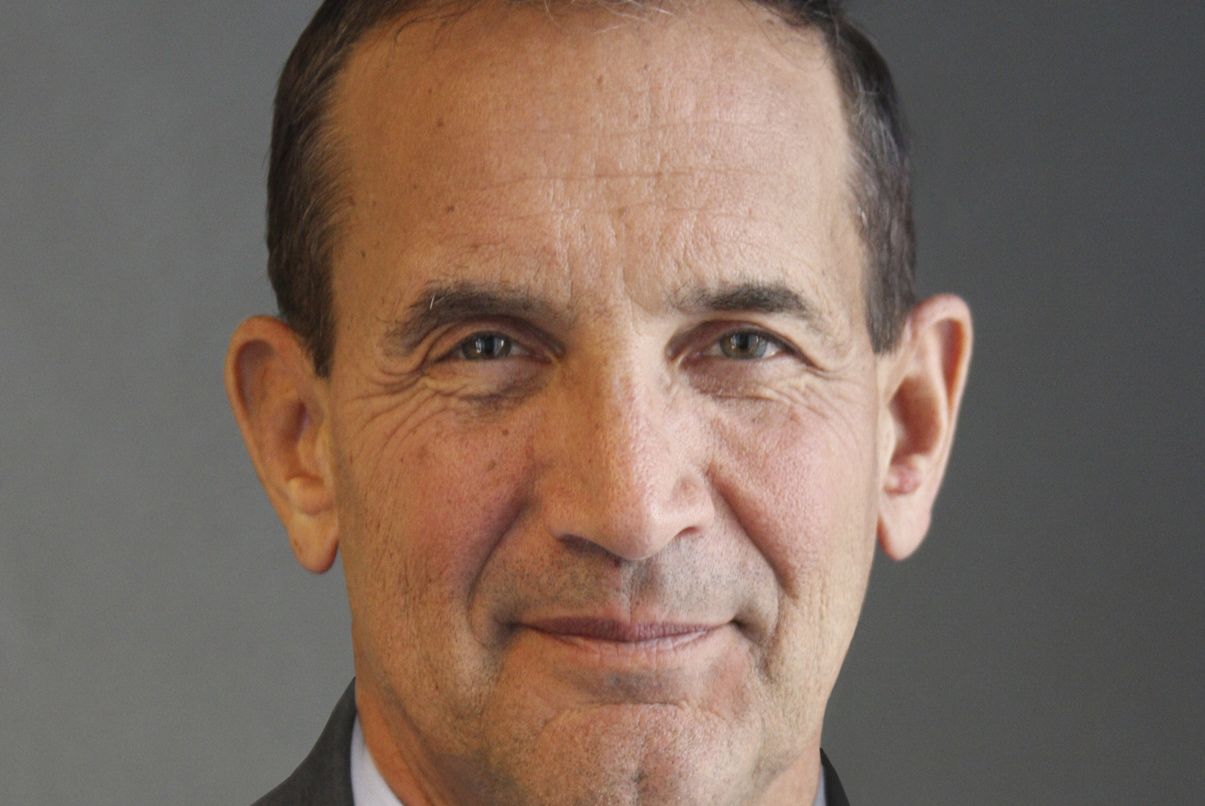For those who budget, time is an asset. Wise spending decisions often take longer to bear fruit. Committing to a budget long-term could potentially lower one’s debt and improve their cash flow. Blow the budget with short-sighted spending decisions, however, and what might have been a good financial outcome turns undeniably less certain.
Similarly, an active manager’s risk budget—how and where they decide to “spend” or allocate risk —directly impacts their potential to outperform. In fact those spending decisions are a critical component of active risk management. In budgeting risk, an active manager essentially identifies, quantifies and sets their active risk allocations as efficiently as possible. The end goal is to maximize the potential reward for the amount of risk taken.
Just as in personal budgeting, there are tradeoffs to risk budgeting — deciding to spend in one place sacrifices the ability to spend in another. So those spending decisions must be meaningful — and purposeful. For an active manager, that’s a matter of understanding the idiosyncratic risks of individual securities, seeing the potential upside and recognizing the potential downside. The idea is not to take unintended risks.
What are some of the risk budgeting decisions an active manager might make? In more difficult markets, where active managers can play to their strengths, they might choose not to own the largest stocks, which, historically haven’t grown as fast through a market cycle. Or, an active manager might try to position away from some of the most expensive parts of the market, which have often become overextended in the days leading up to market peaks. They might also position away from the most volatile parts of the market, which typically haven’t performed as well through a full market cycle. In fact part of an active manager’s potential to outperform depends on their ability to mitigate the impact of volatility by reducing the downside risk at the security level. That’s why it’s so important to integrate risk management into the investment process, all the way down to the analyst level and in the evaluation of individual companies.
Much like personal budgeting, risk budgeting needs time to come to fruition. It’s not something that can be turned off or on but rather, a process that relies on discipline and a long-term, forward looking view. Active managers budget risk based on what they think could happen, not just on what has happened. But that’s really where spending wisely could have its greatest opportunity –sacrificing a little now to potentially get closer to what you might need further out.
James Swanson is MFS Chief Investment Strategist.


